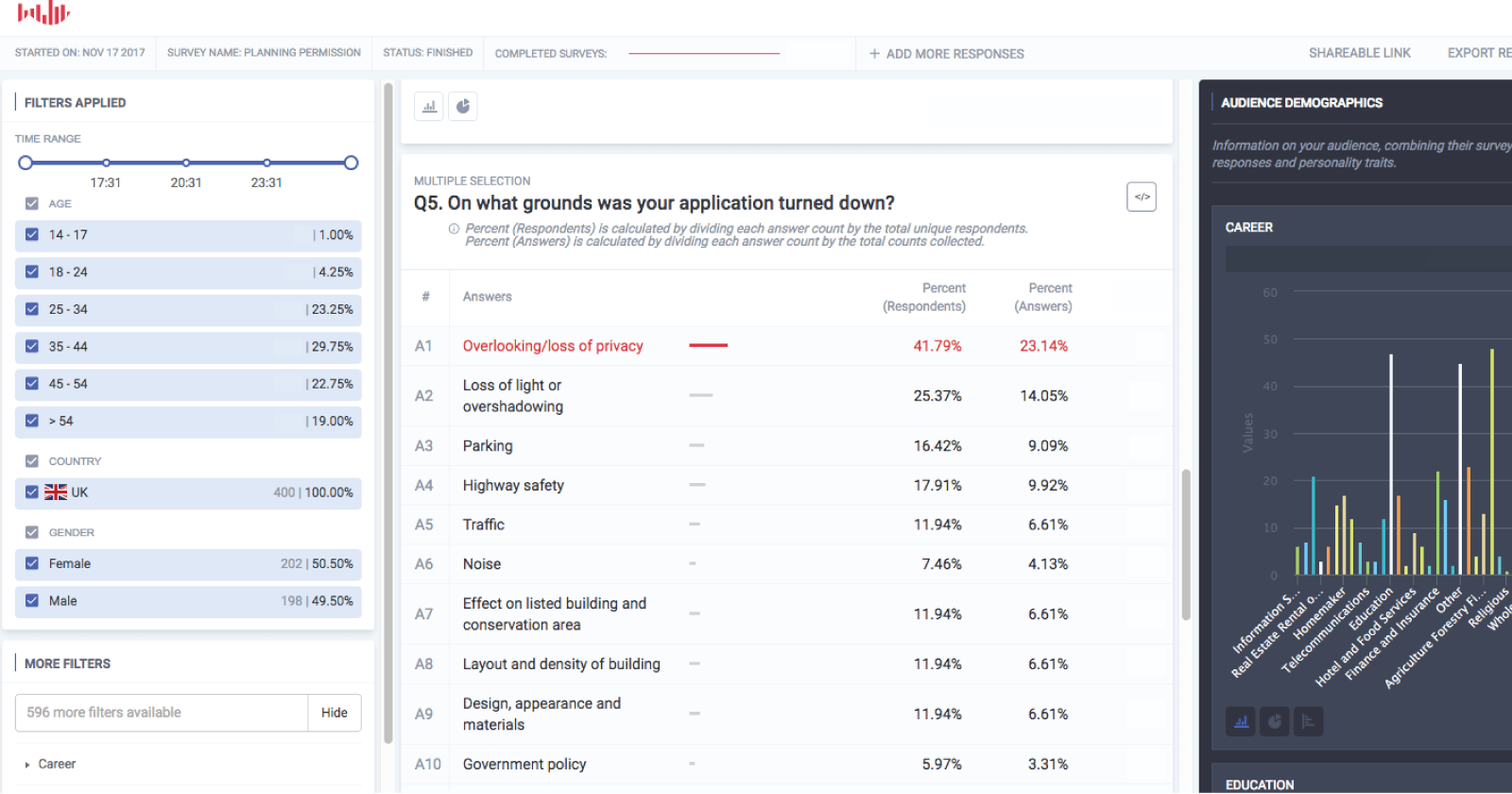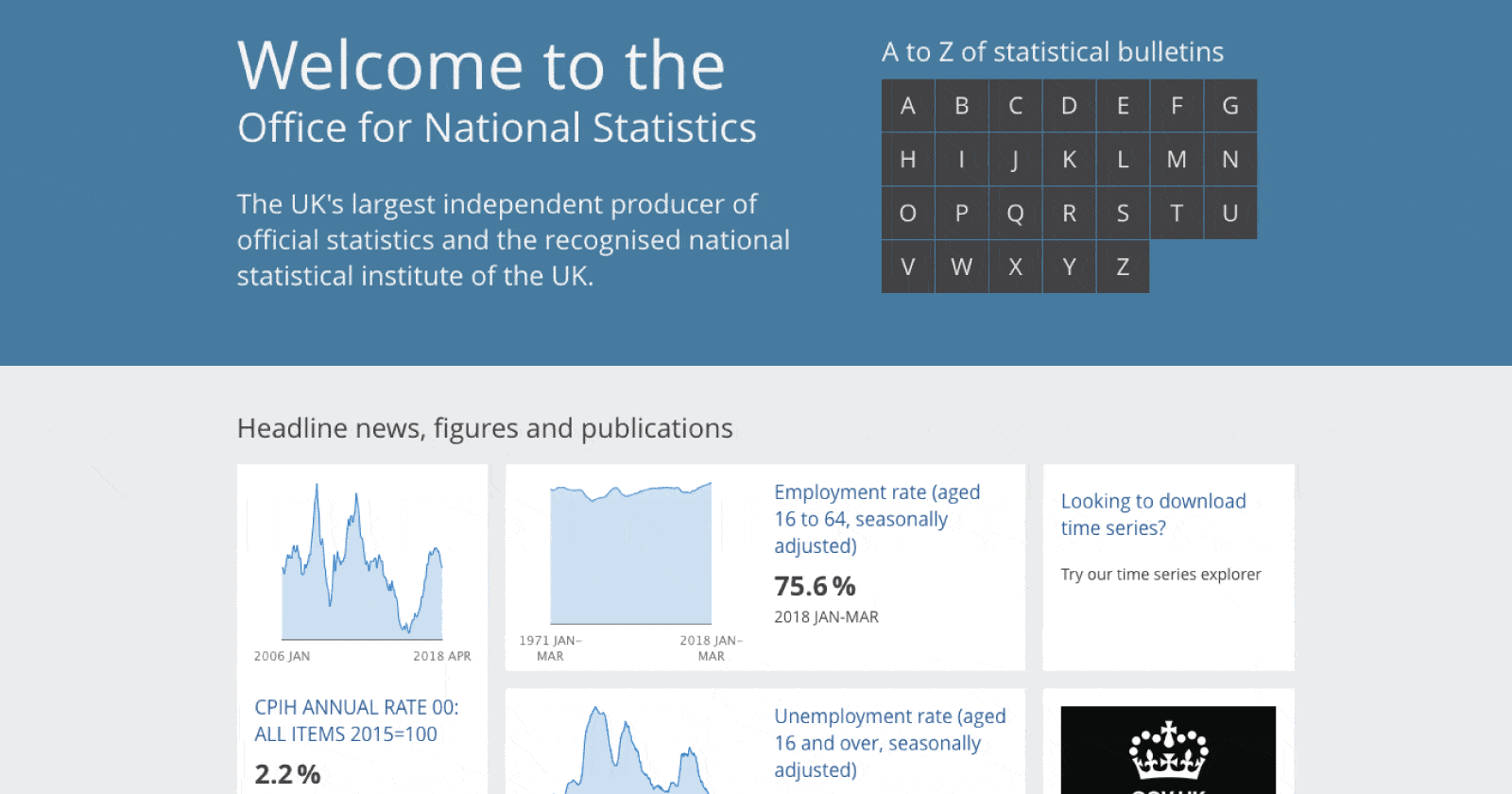In the last six years that I’ve been producing content for links, link building has changed dramatically.
After undergoing a damage limitation rebrand, the industry is now called ‘outreach’ and is more aligned with classic PR rather than the automated approach which preceded.
In certain industries (finance, gambling etc.), you can’t compete without serious volume link building and no one is under any illusion that it’s not business as usual.
To compete on a level playing field, you do what everyone else is doing, but just a little better (so said Lance Armstrong).
As long as links are a vital ranking factor (and realistically, that’s not going to change) the low-end volume blanket email campaigns are still part of the program for some.
But, for brands that have bigger budgets and more to lose from a link-based penalty, we also have the ‘digital PR’ approach and a focus on securing ‘top-tier’ links.
Most smaller sites don’t have access to the budgets that big brands do but that doesn’t mean that there is no hope for the indie site.
As we enter into the digital PR era, with creative smarts and limited budgets you can create content to get attention from top-tiers.
You just have to understand what a journalist wants.

What a Journalist Won’t Pay Attention To
The traditional link building approach of ‘I have this piece of content you may be interested in…’ that blogger outreach has existed upon is not going to work with journalists.
To get the attention of journalists, you have to consider what they want.
Journalists don’t care about listicles (e.g., 10 ways to [insert anything here]), tools, or cute memes.
They certainly don’t care about you or your business.
What Do Journalists Really Want?
Journalists care about one thing only: information that will help them to write a story of interest to their readers.
That could be from unique data or a breaking news story.
Most likely, the only thing that you can offer to them is a set of unique data unless you dressed up as Spider-Man and scaled monuments in London. A bold and brilliant (yet illegal) move that gained consistent exposure for an aggrieved father, but not something I recommend for the average business.
Journalists must write stories every day for their readership and they constantly need feeding information that can help them to fulfill this. This is your starting point for securing a link.
Know What Your Journalist Is Writing About
The starting point for creating content for a journalist is to understand exactly what they write about and therefore, what they will be interested in sharing.
Do your research and source journalists that are specifically relevant to your niche. Search for trade publications, magazine style hub sites and also check out the sections in the mainstream media looking for anywhere you may fit.
Review what the journalist is writing about and what other sources they are citing in their articles – this will leave clues for where you can look for sources of data and what topics or research they are likely to respond to.
Once you have an understanding of what may gain their attention, you can structure your content around data that will form the basis of a story.
How to Connect an Existing Idea with Data for Journalists
A client came to me with an idea for a piece of content based around planning permission. As a standalone topic, this was not significant enough for a successful outreach campaign and I was not confident it would gain any significant links.
I often find this issue with clients who want branded content to fit their site but they also want links. Taking an existing idea to turn into something that will appeal for top-tier links is a challenge but can be done when combined with a data set or a survey.
The main piece of content was created from the complex information of planning permission (in the UK) distilled into an at-a-glance guide that delivered key facts for anyone considering basic home renovation. Very much on topic for the client and their market audience.
To supplement the piece, I conducted a survey that could offer unique information and insights.
The key question I wanted to answer was: What was the main reason that people had planning permission turned down for?
I thought this would be useful information for anyone considering a planning application.

Create a Survey to Supplement Your Content
Running a survey is relatively simple. If you have an existing customer database you already have a wealth of resource at your command.
Access to a database is not always possible so the alternative is to use sites such as Pollfish, Google Surveys or Survata. I’ve had great success with Pollfish.
The key to getting the best out of your survey is to consider what you want the results to show and then structuring your questions around this.
Aside from the main question I wanted to answer, I also asked about the experience of the planning application, if they applied directly or through a third party, and how difficult or easy the process was.
I was then able to use this information through the piece which offered another layer besides the rules of planning permission.
When running a survey, your budget does dictate as to how many responses you can get. The more responses you have, the more credibility the information has.
I aim for between 400-800 responses looking for a strong bias of results – a sample set of 400 responses is your minimum for results that are statistically sound and viable.

Source a Dataset to Support Your Content
If you don’t have a wealth of data from your business, or you don’t have the budget to run your own unique survey, other pre-existing sources of data can supplement your content outreach by offering something newsworthy to the journalist.
For planning permission, and in addition to the survey, we found a dataset that contained information for each regional planning authority with a breakdown of the numbers for how many applications were approved the first time. From this, we created our story for outreach.
To find datasets, research your niche or theme in known sources to see what is available or, use Google searches to see what comes up. Often trade organizations run annual surveys surrounding the industry but these are usually snapped up quickly directly by journalists.
If you’re in-house, have a retainer client, or have your own brand, then get to know your niche and monitor relevant sources on a regular basis and aim to capitalize on the fresh data.
Remember, open source data is available to everyone. If you found it, then most likely others have, too. Might seem obvious, but check that no one else has covered the same dataset.
Even if it has been covered, it is still possible to put your own spin on the content and present in a different way but don’t waste your time with something that has been covered extensively.
How Do You Generate a Story for Your Journalist?
So, you have your content and your data – how do you make the pitch to the journalist?
Getting someone to do something that you want is all about presenting in the right way and making as easy as possible for that person to say yes. You have to make it obvious and lead with that.
If you’ve read “Made To Stick“, you will be familiar with this example: screenwriter Nora Ephron recalls her first day at journalism school when she was presented with a brief that contained information about a teacher training day that would improve student efficiency. What most of the students missed and was the foundation of the lead for the story was that next Thursday, there would be no school. That was the hook.
In all sets of data, there is a story. Your job is to find it.
In our example, we have our set of data that told us where in the UK it was easiest/hardest to gain planning permission. This lead story appealed to trade publications and to regional papers – it also perfectly connected and complimented our content piece about planning permission.
We wrote a long email with this as a headline and talked through the results of our survey and the data source and then concluded with our piece of content.
The result was significant coverage of the lead story linking back to the piece of content.
Takeaways
- A journalist will not link to listicles, tools, or quizzes.
- Journalists are only interested in information that will help them write a story.
- Journalists leave clues for sources of data and topics that they will respond to.
- Use a unique survey to embellish your content.
- Find or create a dataset as a foundation for your content to appeal to a journalist.
- Your job is to find the story in the data and then present it.
More Link Building Resources:
- How to Create & Use Data-Driven Content for Link Building
- Building Links with Data-Driven Content (Even When You Don’t Have Any Data)
- 5 Ways You Can Build Links Like a PR Pro
Image Credit
Screenshot taken by author, June 2018





